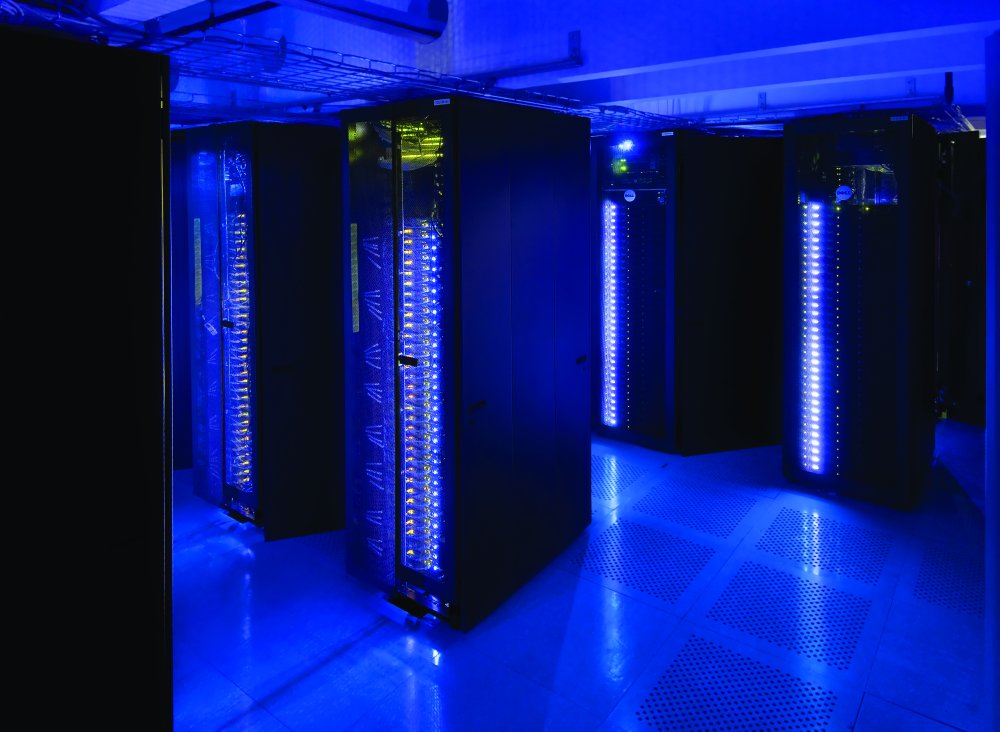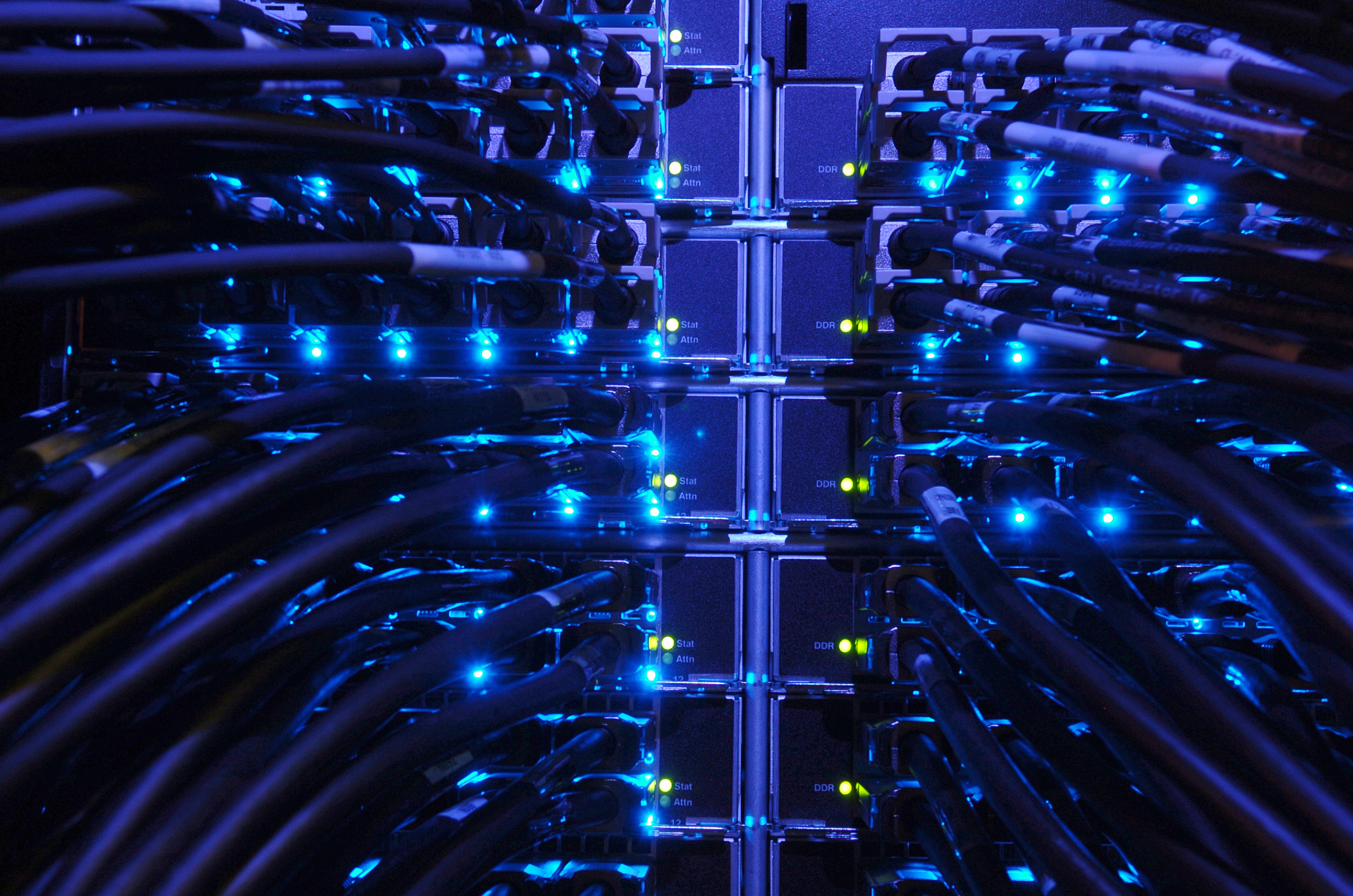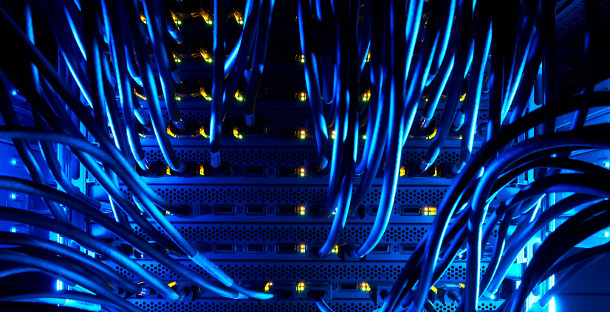When it comes to advanced technology, it’s hard to look much further than high performance computing, or HPC. Commonly referred to across the world as “supercomputing”, HPC is used in a number of important and advanced ways by a wide range of different people, from scientists and engineers to researchers and business leaders. The term “HPC” can be used either to describe “high performance computing” or to refer to a “high performance computer”.
The chances are that you may have heard of HPC and supercomputing being used by companies like IBM and Cray to work on some of the biggest problems that currently exist in the world of engineering and science. Technology of this standard can be used for many important purposes, from developing new drugs that may help to fight back against cancer, to discovering the very origins of the universe that we live in.
High Performance computers can even help experts to come up with new ways of managing oil and gas related decisions. These machines are exotic by nature due to the scale at which they are built, and sometimes, tens of thousands of processors make up the internals of a singular machine. This is one of the reasons why super computers are so expensive.
Supercomputers require a great amount of money and expertise to use, although people are currently researching options for saving energy with HPC use. These computers are also intended specifically for specialized problems.
 Understanding what makes Up a High Performance Computer
Understanding what makes Up a High Performance Computer
Before you begin tracking down experts in the field of HPC, you may be interested in learning more about the anatomy of a super computer. Within one of these pieces of stunning technology, you should be able to find all of the various elements that you would find on your desktop, from memory, to disk space, operating systems, to processors. Kontron.com lists an incredible array of technologies related to B2B high tech computing, including CRMs and motherboards. The company recently collaborated with Red Hat and Sandvine to offer cloud service providers an affordable and intelligent, high-density modular infrastructure.
High performance computers that are most beneficial to small and medium-sized businesses usually come in the form of clusters of computers. Each individual computer within that cluster will have between one and four processors, and each processor will come with two to four cores.
 The point of using a high performance computer is to ensure that the individual nodes can all work together in solving a problem that is far bigger than a regular computer could deal with. It’s easy to argue that the most advanced technology in the world today is the super computer, or HPC, and people all over the world are currently using this enhanced technology to answer some of the most important questions that prevail throughout life.
The point of using a high performance computer is to ensure that the individual nodes can all work together in solving a problem that is far bigger than a regular computer could deal with. It’s easy to argue that the most advanced technology in the world today is the super computer, or HPC, and people all over the world are currently using this enhanced technology to answer some of the most important questions that prevail throughout life.
Computer Teamwork
Organizations are turning to this type of technology to handle huge data workloads and analytics, and one company in the US has been building a super computer to model more efficient solar panels. HPC systems are used most commonly by government agencies (including the military), academics, scientists, pharmaceutical companies, and engineers in an effort to make the world around us a better place.

 Why Your Link Building Efforts Might Fail
Why Your Link Building Efforts Might Fail  How to Request or Give Remote Control in a FaceTime Call on iPhone
How to Request or Give Remote Control in a FaceTime Call on iPhone  The Rise of Intelligent Automation in Business Operations
The Rise of Intelligent Automation in Business Operations  The Best Ideas for Designing Your Custom Printed Ring Binder
The Best Ideas for Designing Your Custom Printed Ring Binder  How Technology is Changing the Way We Play Hearts
How Technology is Changing the Way We Play Hearts  The Rise of Open Source: A Journey to Innovation and Collaboration
The Rise of Open Source: A Journey to Innovation and Collaboration  How SD-WAN Is Revolutionizing Business Networks
How SD-WAN Is Revolutionizing Business Networks  Effective Digital Advertising Strategies for Modern Businesses
Effective Digital Advertising Strategies for Modern Businesses  Tips for Marketing Dental Packages: Easy Ways to Grow Your Reach
Tips for Marketing Dental Packages: Easy Ways to Grow Your Reach 
